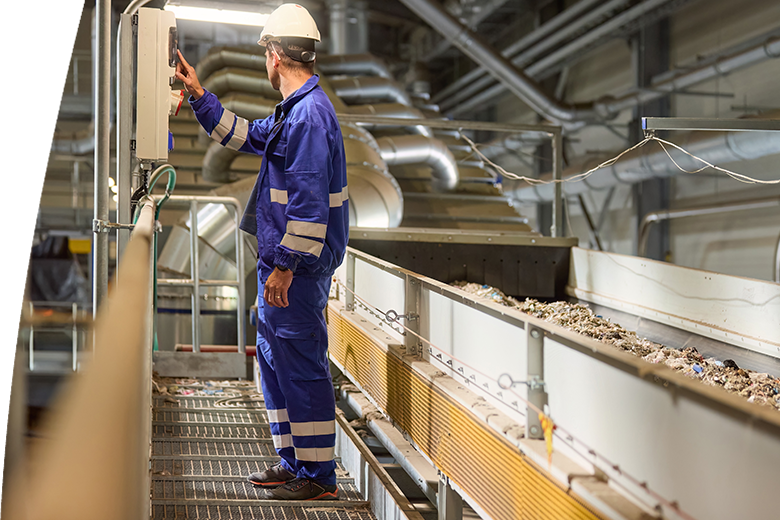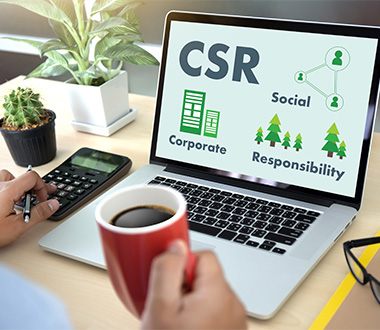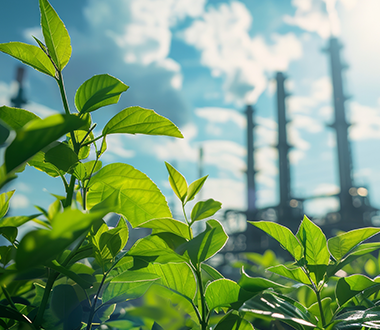How suppliers and manufacturers can reduce their environmental footprint
Sustainability is no longer just "good PR". It is becoming a standard that affects business relationships, purchase decisions and customer trust. Suppliers and manufacturers can reduce their environmental footprint already by taking just a few specific steps.
To know what to improve, you must first know your expenses and consumption:
- How much energy do you use?
- How much waste do you produce?
- Where do your materials come from?
Simple energy and waste audits or online carbon footprint calculators will help you.
Did you know that emissions are usually divided into so-called Scope 1, 2 and 3? Especially Scope 3 emissions, i.e. those that are produced outside your company, can make up to 80% of the total carbon footprint. This is also why it is important to look not only at your own processes, but also at those of your suppliers and customers.

Switch to greener energy
- Replace conventional light bulbs with LED lights? Simple and effective.
- Addressing the electricity supplier with a question about renewable sources? It can be the first step towards a green transformation.
- When restoring machines, think about their consumption - modern solutions save not only nature, but also money.
An interesting fact from practice is that up to 95% of the environmental footprint of an industrial compressor is created during its operation, not its production. Therefore, the choice of energy-saving devices has an enormous impact. Compressors with variable speed drive (VSD) technology are able to reduce energy consumption by up to 35%.
Reduce waste and use more recycled materials
- Packaging made from recycled paper or plastic is a standard now.
- Sorting waste at the workplace should be a matter of course.
- Think about the products, too: can their packaging or their parts be returned, repaired or reused?

With increasing frequency, companies are designing products so that they have a longer life cycle, are easily repairable and recyclable in accordance with the principles of the circular economy.
Prefer local suppliers
- The closer the supplier, the less emissions from transport.
- In addition, supporting the local market is a value customers appreciate.
Inspire and engage your employees, too
- Energy saving or waste reducing ideas often come directly from production.
- Consider simple internal challenges or rewards for sustainable proposals/designs.
Did you know that...
Compressed air that is used in production to run machines and tools can be optimized and thus CO₂ emitted per year can be reduced by up to tens of tons?
Modernization of old machines reduces not only energy consumption, but also maintenance and downtime costs?
Reducing the carbon footprint increases your competitiveness in tender procedures where ESG is evaluated?

Interested in more hints like this? Subscribe to our newsletter and get practical inspiration on how to make your business more sustainable, efficient and ready for the challenges of the future.



